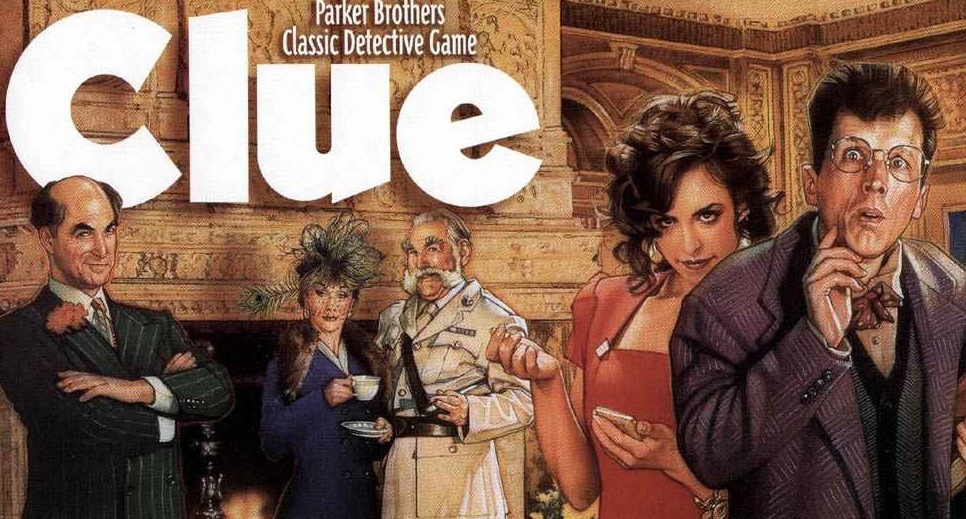Who doesn’t love a good whodunit? As an avid mystery reader, I enjoy the plot twists and turns and characters that flip-flop between villain and hero. The butler did it – no, that’s too obvious – okay, it has to be the shy and beautiful parlor maid; maybe. The discovery of a cryptic scrawled note only leads to momentary elation as you realize it’s only a small piece of the puzzle. Your gut twists in torment because this is only the beginning of the journey to the truth. I love it!
While reading a novel recently, I was struck with how similar it can be to what happens in customer service organizations. In fact, an organization may not realize its customer mystery novel has already been written. What organization wouldn’t like to read its own book and see the truths about what type of customer experience they deliver?
So, where is your novel? It’s been there the entire time, hidden away in your call recordings. Speech analytics can help you solve your customer mysteries, but you need more than just technology to reveal the secrets in your calls. Most of the time, we solve problems with traditional reactive methods – extracting data, sorting it, filtering it, and making a deduction or educated guess at the solution. Initially, many use speech analytics reactively but then switch to a proactive approach. After all, it’s easier to prevent a problem than to clean up the mess afterwards.
This makes speech analytics no longer a luxury, but a valuable enterprise intelligence tool, even though many organizations still shy away from acquiring it. The technology demos often create a spellbinding Houdini effect, and it’s easy to see why people become mesmerized. I’ve sat through many demos and observed the audience’s almost hypnotic expressions. Some, entranced, make the plunge and acquire speech but never reap the benefits. Who hasn’t seen their organization acquire a “gee whiz” product or technology and never leverage its use? But, it doesn’t have to be that way.
I’m often approached about using speech analytics and find that while most understand how it works, they struggle with how to apply it because it requires them to look at customers’ experiences in a new way. By simply trolling the audio you suddenly gain new insight into what your customers are saying and how other parts of your organization affect customers and the contact center. In fact, many organizations discover its initial questions and assumptions are completely wrong after using speech analytics correctly.
Regardless of the power a technology delivers, it still requires humans to interpret its analysis, draw conclusions and take action. And this is where many will falter with its use. For those still riding the acquisition fence, you need to look beyond the technology itself. Seek out trusted advisors and those who have already walked this path to understand what it can and cannot do. Just like a good “whodunit” leads you down a path of discovery, so will speech analytics.
These discoveries will spawn new ways to leverage its use across the enterprise, from marketing campaigns to customer project deployments. While speech analytics does provide customer insight, its true power may very well lay in the way it changes our approach to problem solving. As Albert Einstein said, “We cannot solve our problems with the same thinking we used when we created them.”
About the author: Chris Lawson is Director of Strategic Partnerships at Lawson Concepts and a regular contributor to the NICE CXone blog. For more from Chris, please read his earlier post, Danger! Information Overload Kills Customer Experience and Are You an Information Litterbug?




